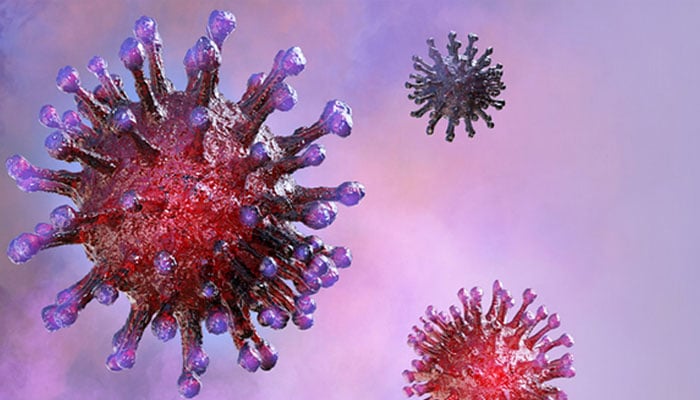
U.S. health experts have expressed serious health concerns as the H5N1 avian flu virus rapidly spreads all across the dairy farms in the country.
The latest outbreak has resulted in fatal human infection, affecting up to 70 people, with one confirmed death.
The hazardous virus's current presence in mammals has raised the possibility of transition that could allow for human-to-human transmission, as reported by the Global Virus Network (GVN).
USF Health College of Public Health at the University of South Florida, USA, Sten H Vermund, MD, PhD, dean stated that “Understanding the current landscape of H5N1 infections is critical for effective prevention and response.”
The expert stressed the need for proactive surveillance and instant reaction strategies.
CDC monitors H5N1 avian flu virus
According to the Centers for Disease Control and Prevention (CDC), In spite of the outbreak, the public is still at a lower risk of contracting this virus.
They do; however, underscored the importance of taking precautionary measures, particularly for individuals who have contact with affected animals.
Despite the decreased risk to the public's health, the CDC is efficiently tracking the situation and partnering with states to keep an eye on people who have been exposed to animals.
The CDC is diligently monitoring for human H5 avian flu activity using its flu monitoring tools.
















